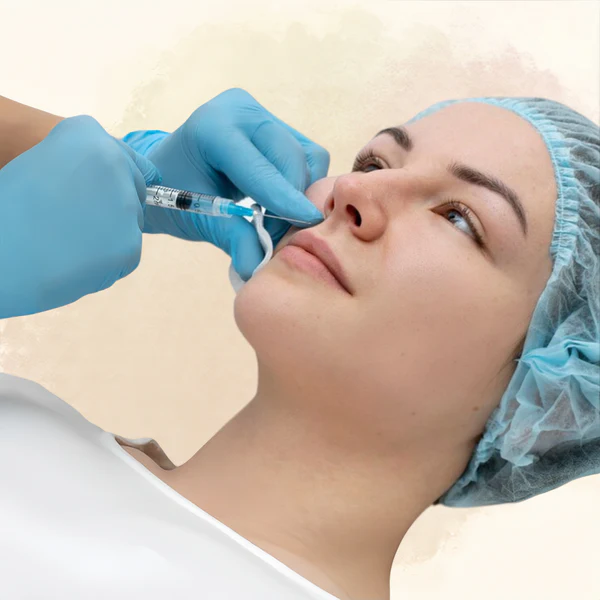Advanced Techniques for Tooth Extraction
- Huda Batool
- Feb 12
- 3 min read
Tooth extraction is a common dental procedure that involves the removal of a tooth from its socket in the jawbone. While traditional extraction methods have been effective, advancements in dental technology and surgical techniques have significantly improved the process, making it safer, more efficient, and less painful for patients. In this article, we will explore the advanced techniques used for tooth extraction cost, their benefits, and how they enhance patient outcomes.
1. Minimally Invasive Extraction
Minimally invasive tooth extraction techniques are designed to reduce trauma to the surrounding bone and soft tissues. These techniques involve:
Atraumatic Forceps and Periotomes: These specialized instruments allow for precise loosening and removal of the tooth with minimal damage to the surrounding structures.
Piezosurgery: This ultrasonic technique uses micro-vibrations to selectively cut bone while preserving soft tissues and nerves, making it ideal for complex extractions.
Micro-surgical Approaches: Utilizing smaller incisions and micro-instruments helps in faster healing and reduced post-operative discomfort.
2. Laser-Assisted Tooth Extraction
Laser technology has revolutionized many dental procedures, including tooth extraction. Laser-assisted extraction provides numerous benefits:
Reduced Bleeding: Lasers help cauterize blood vessels, minimizing bleeding during and after the procedure.
Less Pain and Swelling: Laser energy reduces inflammation and promotes faster healing.
Sterilization: Lasers kill bacteria, reducing the risk of post-extraction infections.
This technique is particularly useful for patients with gum disease or those undergoing wisdom tooth removal.

3. 3D-Guided Extractions
Digital dentistry has introduced 3D-guided extractions, which use imaging technology to enhance precision.
Cone Beam Computed Tomography (CBCT): This imaging technique provides a detailed 3D view of the tooth, surrounding bone, and nerves, helping dentists plan extractions with minimal risk.
Computer-Aided Design (CAD): Advanced software helps create virtual models of the extraction site, ensuring precise planning and execution.
These techniques are especially beneficial for impacted teeth and complicated surgical extractions.
4. Stem Cell-Preserved Extractions
With the rise of regenerative dentistry, preserving stem cells from extracted teeth has become an innovative practice.
Dental Pulp Stem Cells (DPSC): These stem cells, harvested from extracted teeth, have the potential to be used for future regenerative treatments.
Platelet-Rich Fibrin (PRF) Therapy: Using the patient's blood, PRF is applied to the extraction site to accelerate healing and bone regeneration.
This approach is particularly beneficial for patients considering dental implants or undergoing periodontal therapy.
5. Robotic-Assisted Extractions
Robotic technology is making its way into dentistry, enhancing precision and patient safety.
AI-Guided Robotic Arms: These robotic systems assist in extracting teeth with unparalleled accuracy, reducing human error.
Real-Time Navigation: Robots provide real-time feedback and guidance to dentists, ensuring a smooth and predictable extraction process.
While still in its early stages, robotic-assisted extractions are expected to become more common in complex cases.
6. Socket Preservation Techniques
After a tooth is extracted, preserving the bone structure is crucial for future dental restorations like implants.
Bone Grafting: A bone graft is placed into the extraction socket to prevent bone loss and prepare for implant placement.
Membrane Barriers: Special membranes are used to protect the graft and promote natural bone regeneration.
Growth Factors: Biologic agents such as PRF and bone morphogenetic proteins (BMPs) help accelerate the healing process.
These techniques help maintain the integrity of the jawbone and improve the success rate of future dental procedures.
7. Sedation and Pain Management Advances
Pain management has significantly evolved, making tooth extractions more comfortable for patients.
Conscious Sedation: Techniques such as nitrous oxide (laughing gas) and IV sedation help anxious patients relax during the procedure.
Long-Acting Local Anesthetics: New anesthetics provide prolonged pain relief, reducing the need for post-operative painkillers.
Needle-Free Anesthesia: Jet injection systems allow for painless administration of anesthesia without traditional needles.
These advancements make the experience more comfortable for patients, particularly those with dental anxiety.
Conclusion
Advanced techniques for tooth extraction cost in Dubai have transformed the way dentists approach this common procedure. From minimally invasive tools and laser technology to 3D imaging and robotic assistance, modern dentistry ensures safer, faster, and more comfortable extractions with improved patient outcomes. As technology continues to evolve, tooth extractions will become even more precise and pain-free, enhancing the overall dental care experience.








Comments